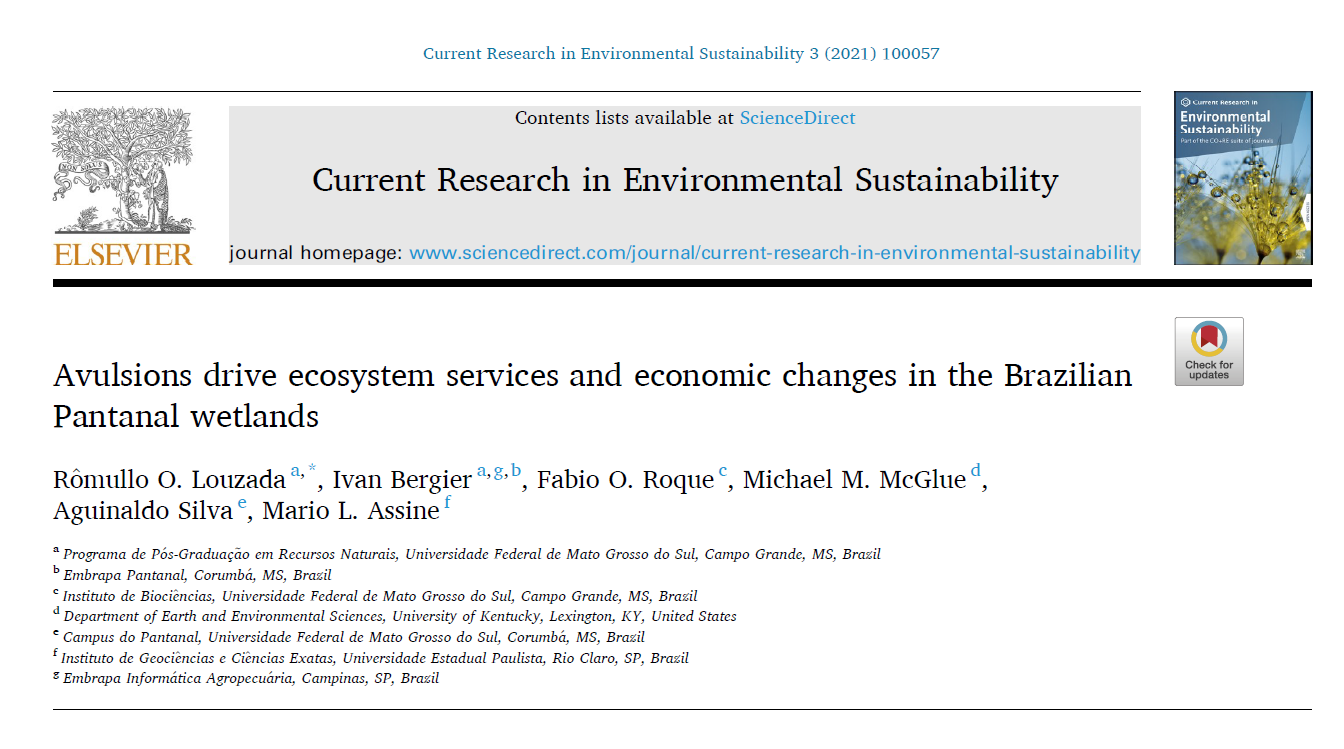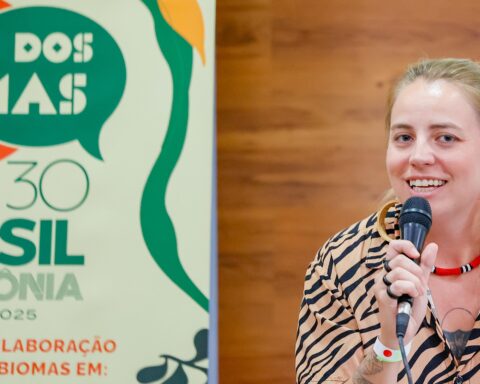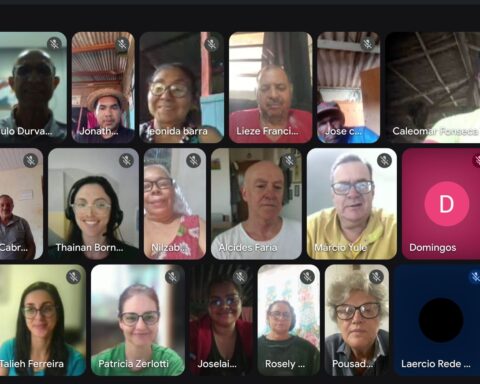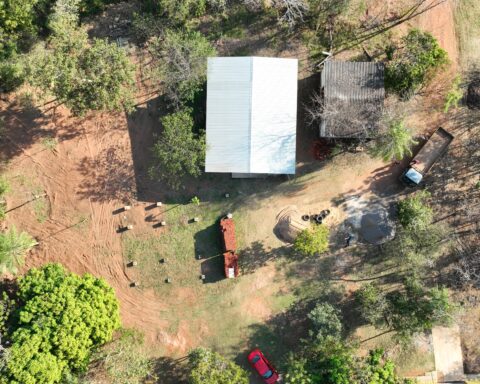Leia aqui o artigo “Avulsions drive ecosystem services and economic changes in the Brazilian Pantanal wetlands”, em português “Avulsões controlam serviços ecossistêmicos e mudanças econômicas no Pantanal brasileiro”, escrito por Rômullo O. Louzada, Ivan Bergier, Fabio O. Roque, Michael M. McGlue, Aguinaldo Silva e Mario L. Assine, pesquisadores de universidades e instituições de pesquisa do Brasil e Estados Unidos. O artigo foi publicado na revista Current Research in Environmental Sustainability.
Abstract
The Pantanal wetland is a mosaic of landscapes that brings together rich biodiversity with the valuable activities of fishing, tourism and ranching. Human occupation and land use in the headwaters have intensified the rate of channel avulsions in the lower reaches of the largest megafan on the Taquari River. This study evaluates the longterm changes of landscapes in the active depositional lobe of the Taquari megafan from the perspective of local communities of pantaneiros. Maps derived from multiple decades of multispectral Landsat data have proven useful for studying land cover changes through the relationship between dry (terrestrial vegetation and soil/dry pastures) and humid landscapes (open waters, aquatic macrophytes and wet soils), as well as through Sankey diagrams and spatiotemporal mapping with Boolean operations according to the rate of dryland recovery. We found that dryland recovery associated with an older and smaller avulsion (known as Z´e da Costa) is analogous to that of a most recent and much larger avulsion (known as Caronal), which is still ongoing and has greater importance due to the scale of the impacts. Land value and fish capture depreciate as the partial Caronal avulsion still evolves, increasing the likelihood of environmental conflicts. While pantaneiros no longer profit from ecosystem services of provision (e.g., livestock or fishing), dryland recovery may deliver quantifiable ecosystem services of regulation. The strengthening of partnerships among stakeholders and the implementation of environmental compensation mechanisms are central for the best management of the Pantanal’s megafans that ensure quality of life for all pantaneiros.








